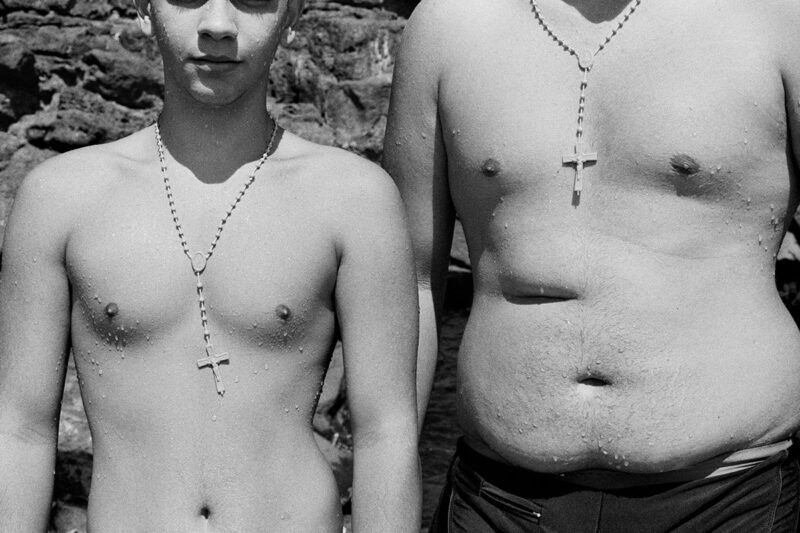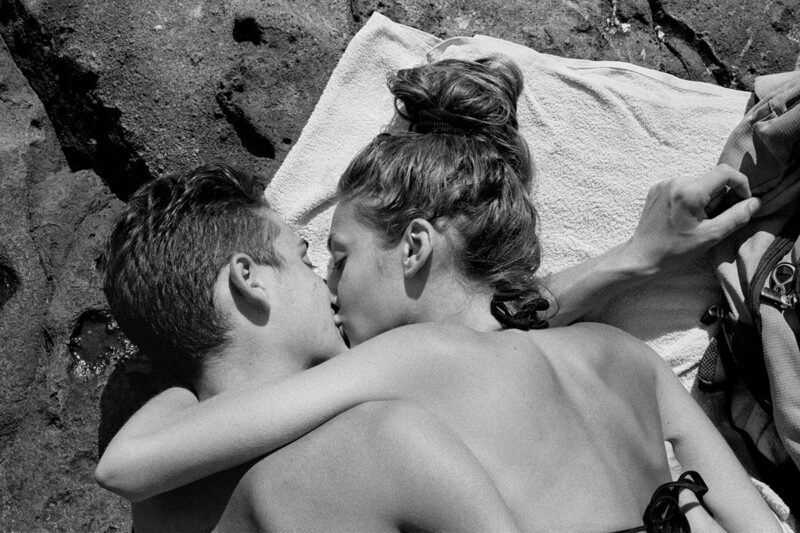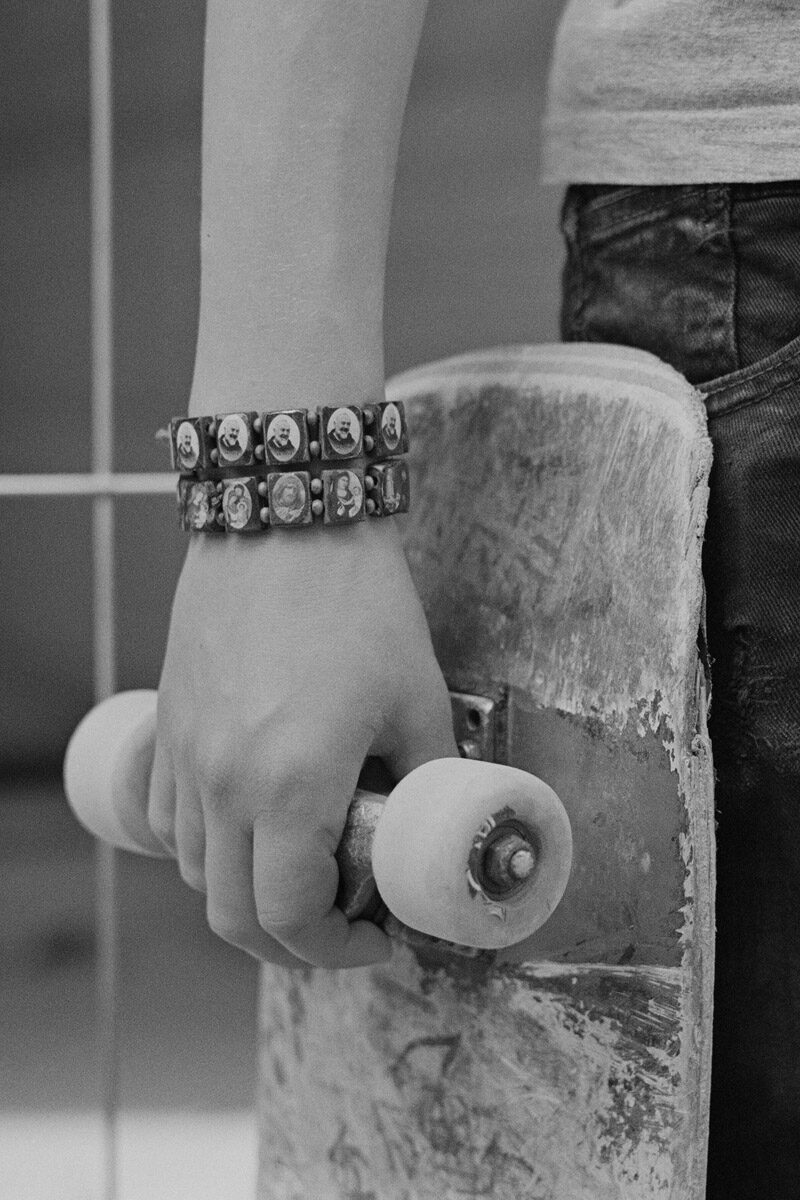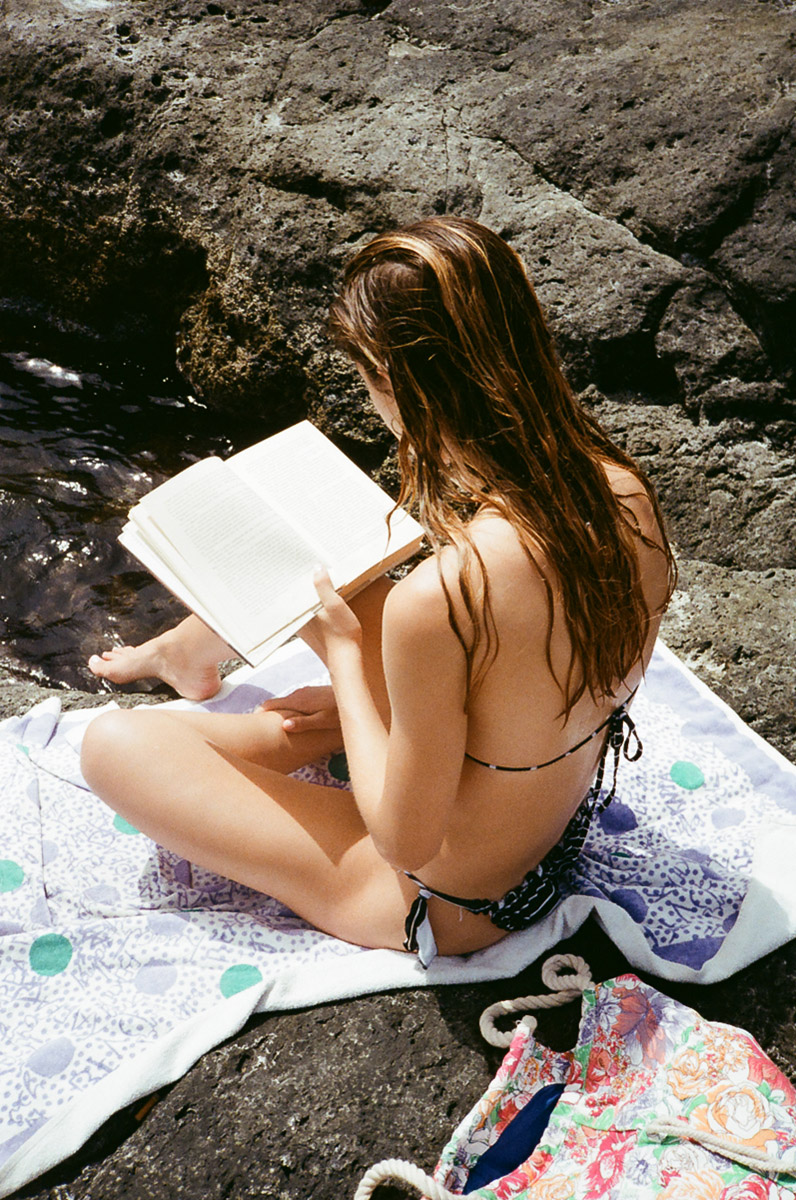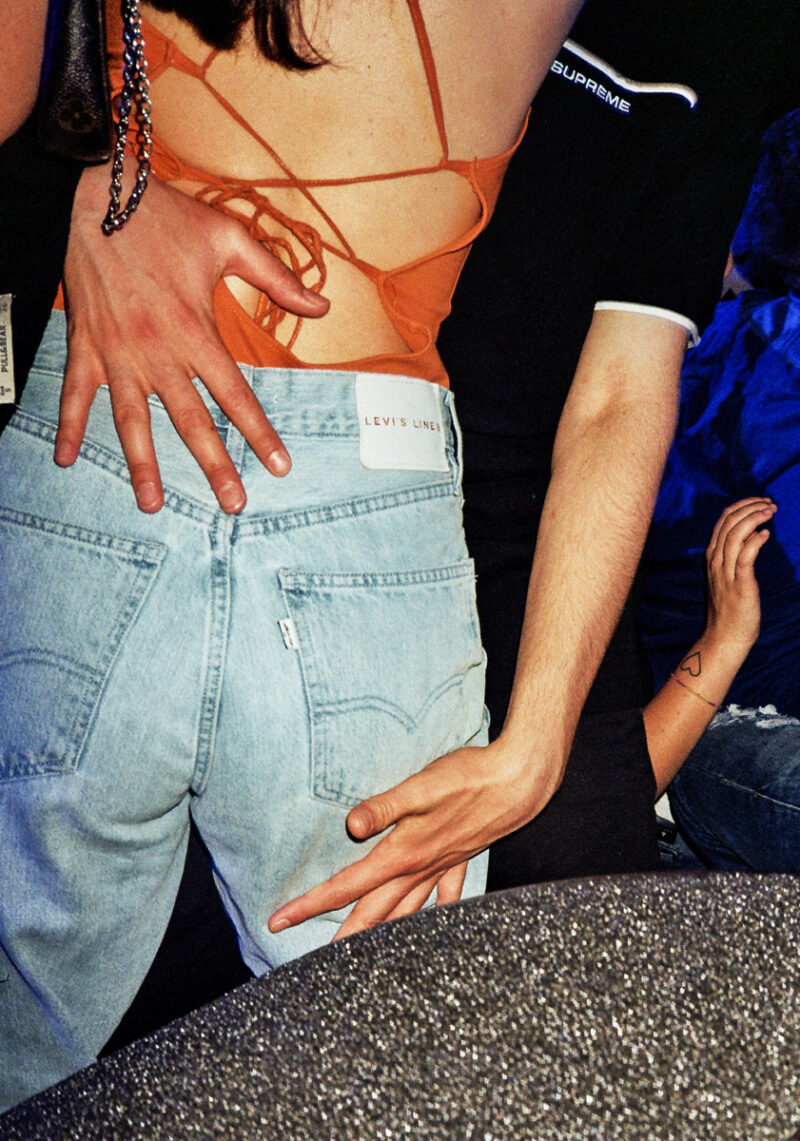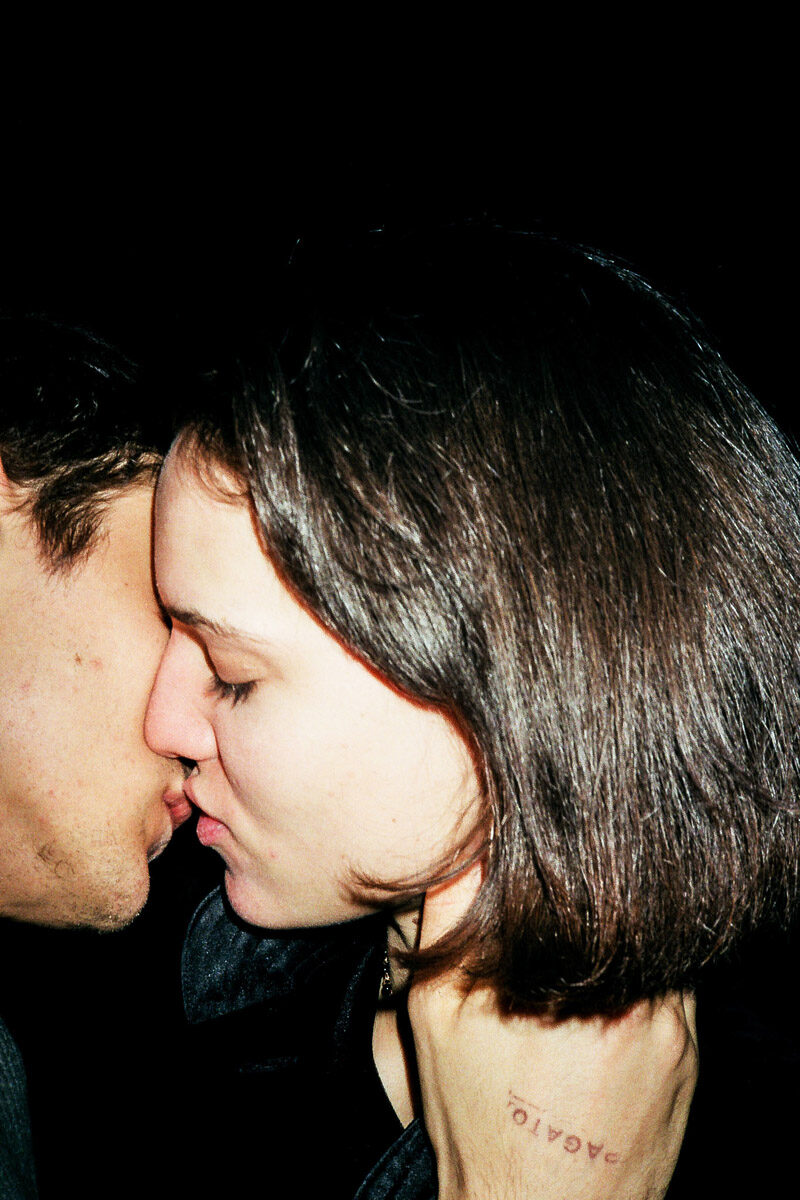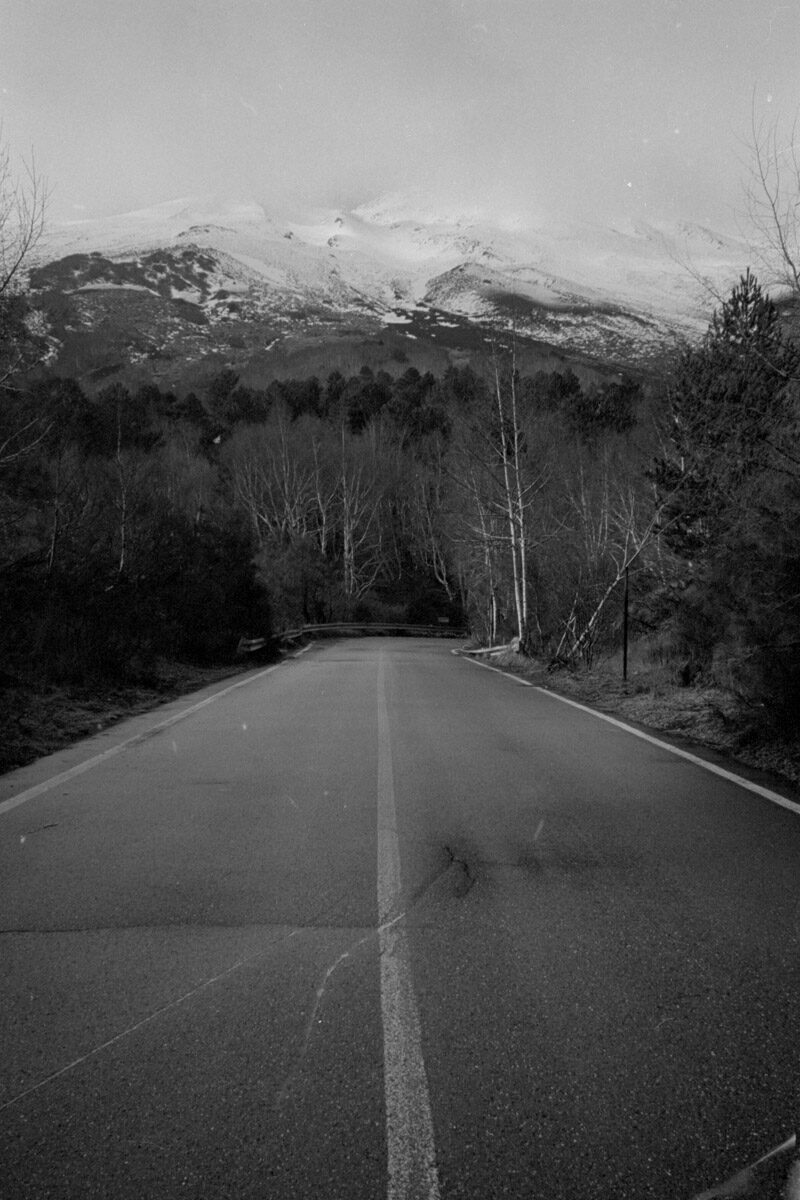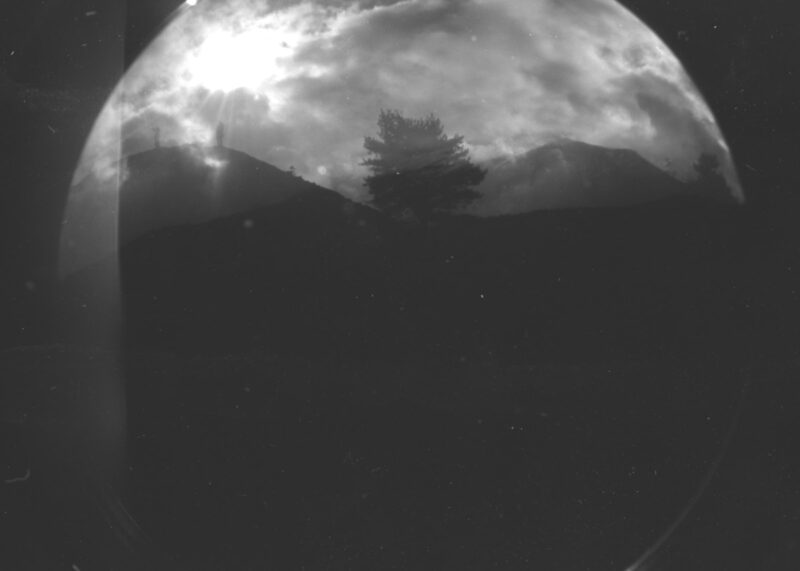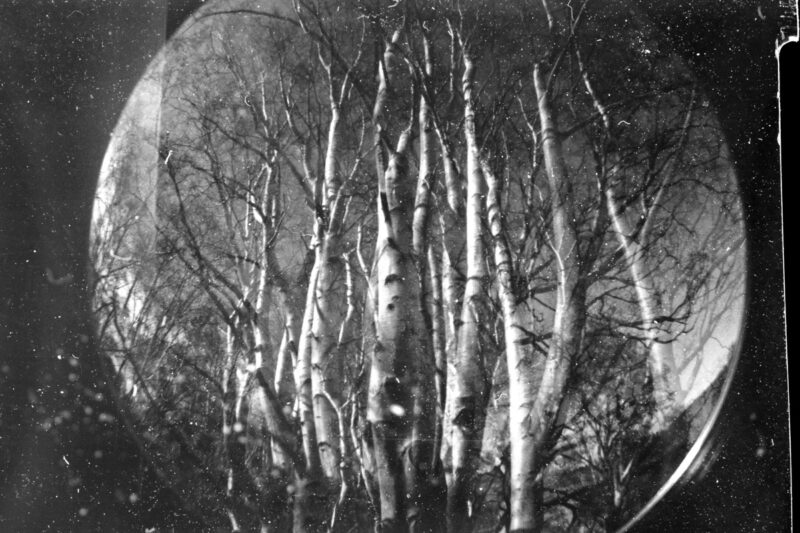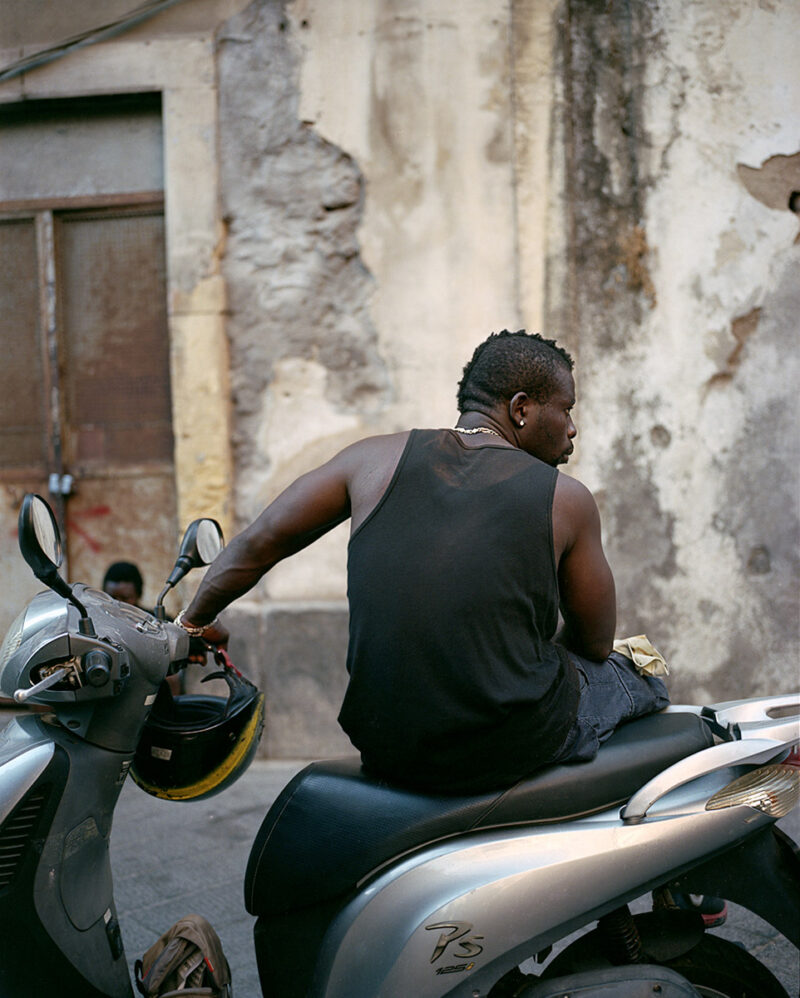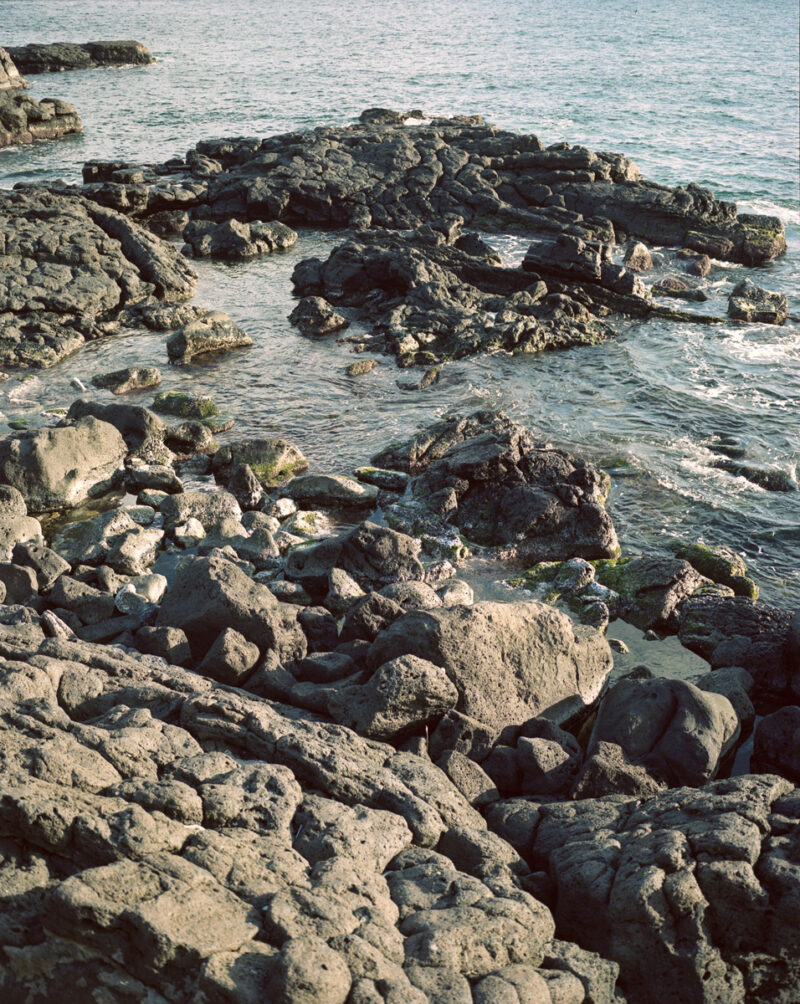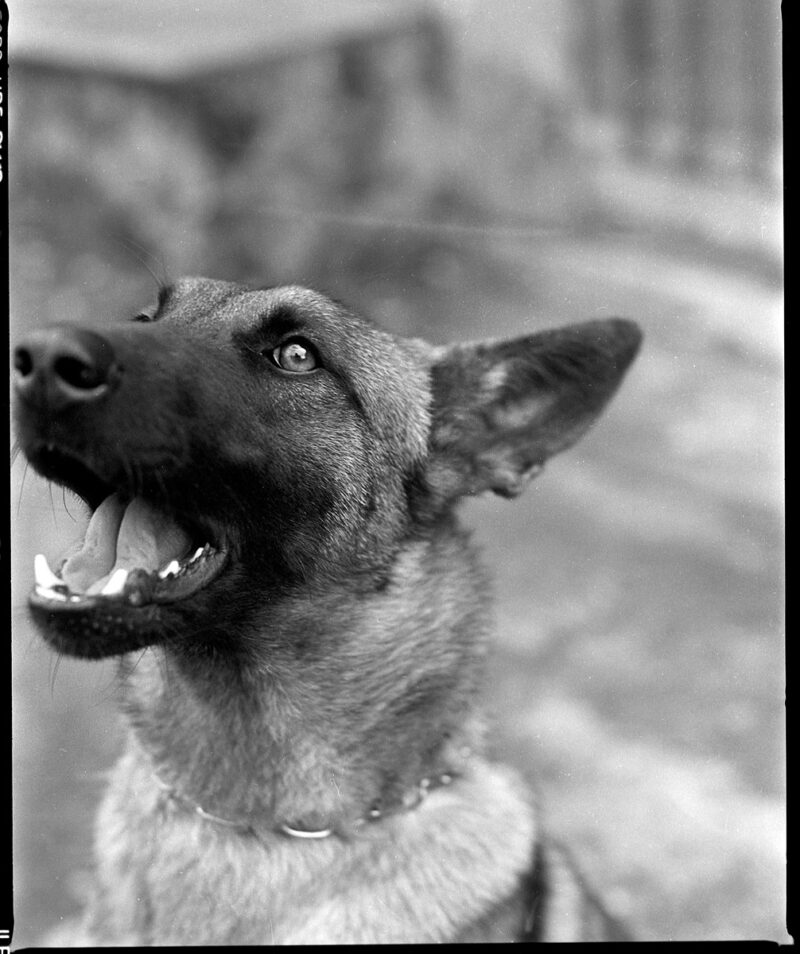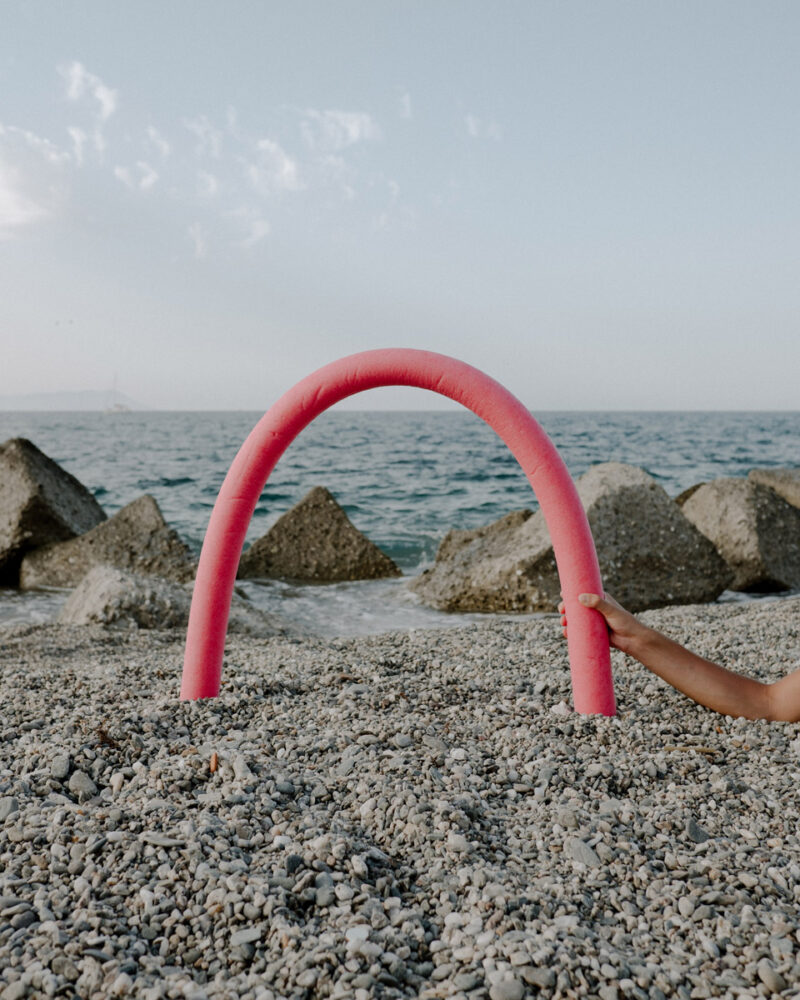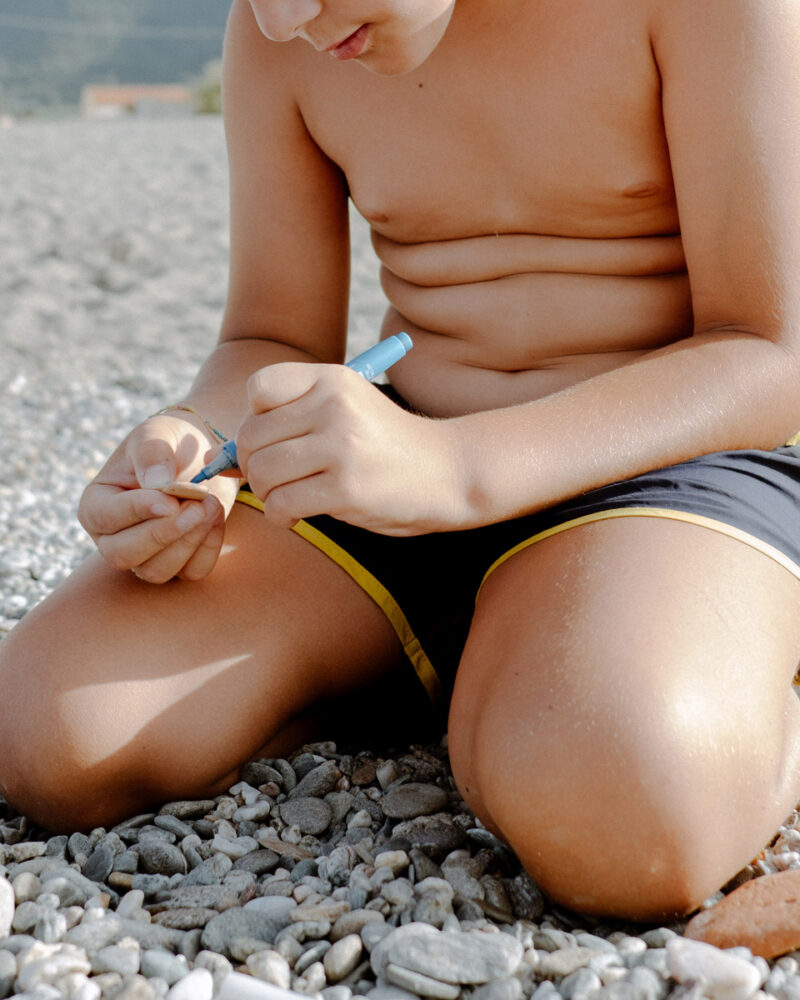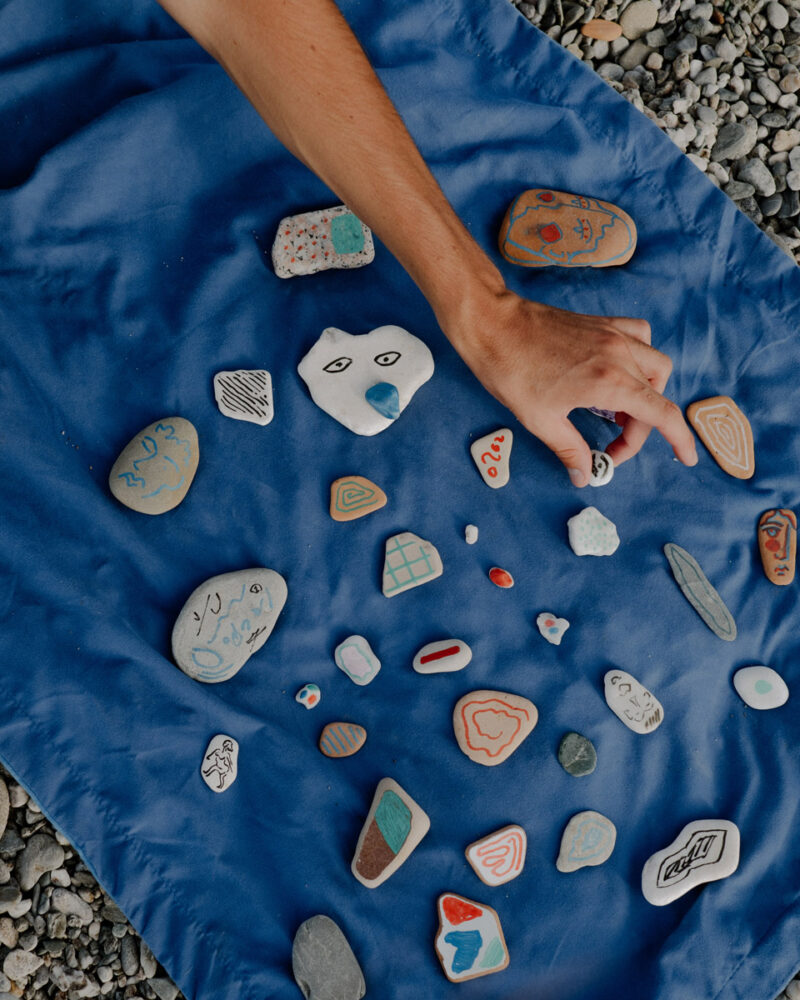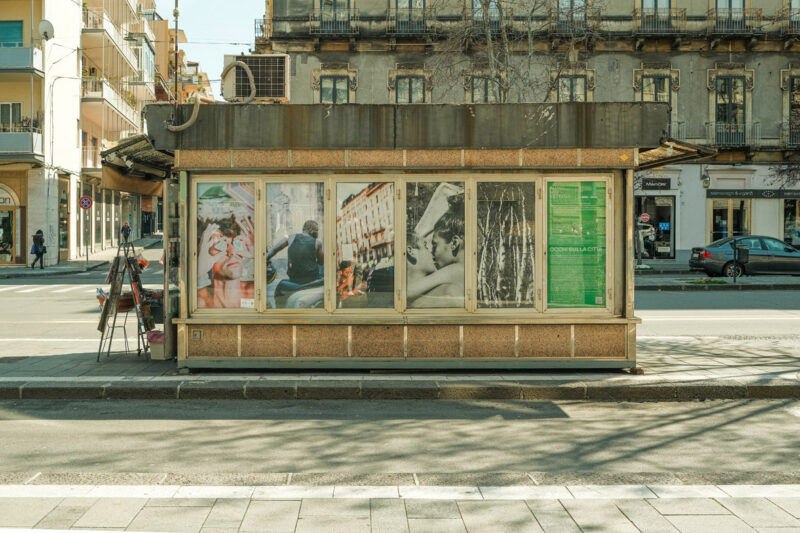Questions On is the video interview format created by C41. It consists of three simple questions addressed to our network of friends, partners and creative minds. This series will go through the project Aitho in Vetrina by Glauco Canalis, Roberta Castorina, Claudio Majorana, Gianluca Normanno and Fabrizio Scarpignato.
In response to the lack of cultural stimuli caused by the Covid-19 emergency, Aitho Entertainment, thanks to the support of Tomarchio, Testa Conserve, Mercati Generali and Ustep, proposes to bring works by young Sicilian artists to the windows of restaurants, bars and businesses in Catania. The closure of the museum circuits and the restrictions imposed on restaurants and commercial activities, in fact, has put everyone to the test. The initiative therefore aims to unite these realities to face this moment together and create new synergies in the city, especially for the future.
A project created and curated by Noemi Di Nunzio and Giulia Testa. With the contribution of Glauco Canalis, who took care of the photographic aspect entitled Occhi sulla Città (“Eyes on the City”) and which extends over most of the second route, Martino Greco, who drew the map of the routes, and Acquatonica Studio, which developed the graphic identity of the event.
«One year after the start of the pandemic, the desire to return to museums and fill our eyes with beauty has led us to conceive, realise, set up and finally give birth to Aitho in Vetrina: an urban exhibition that comes to life in the windows of shops, bars and restaurants in the centre of Catania. An initiative that has allowed us not only to bring together very different realities and young Sicilian artists with various expressive languages that we support and admire so much, but also to give something to our community.» (Noemi Di Nunzio and Giulia Testa)
We live in a world pervaded by images, we belong to a generation where everyone feels like a photographer. By shooting everything on film, you wanted to make a political choice by sending a strong message. What is the main message you want to communicate through this project?
RC: First of all, as a good Virgo born in September, I’m the kind of person who likes to have things pretty much under control, so the fact that through film photography is not only up to me means, first of all, a form of care towards myself. Analog photography for me means coexistence. On film, in fact, chemists live first of all but also bacteria, dust, landscapes, stories, humans, and non-humans, in short, a perfect example of community. I believe that at this moment we really need to establish new communities and make more communion with each other. Last but not least, I love to develop, I do practically everything by myself even if sometimes in an unorthodox way, let’s say that the magic of development is the closest practice to witchcraft I know.
GC: Nowadays the need to shoot on film personally comes more from a need to keep going with the process that I’ve been developing across the past ten years, where I’ve been mainly using film for my projects, and that has become grand in my own way of depicting a subject. This carries on with itself, add a lot of information such as the idea of thoughtful gaze, more pondered, more considered and less impulsive, although there is an impulse development to it, indeed being financially and technically more difficult and less immediate process, that of shooting on films. It carries with itself a different attitude to photography and, for example, the need for the subject to be… or the light, or the… To shoot on film is for me part of a reflective process that informs both the subjects of my work as well as my aesthetic. The gaze is necessarily lead into a more thoughtful process because it is an expensive practice that of shooting on film, firstly, as well as you just simply can shoot less and you can’t look back at what you’ve just shot. So that basically leads you to be more reflective on what are the subject of your choice, the moments in which you take photographs, the light and that all belong to part of the photographic process which, in comparison to the digital use of cameras… Hence the need for the moment I choose to capture as well as the subjects and the number of images I dedicate to each subject is much more affected by the fact of shooting on film, because it becomes something that I have to consider deeply because I can’t look it back for example, because I can’t look back at the images, because one roll of film allows me with my camera to shoot ten pictures and if I don’t wanna lose the moment I’ve to make sure that with those ten pictures I’m taking all I need because the moment you’re loading the film you’re sort of losing the moment, you’re losing that energy that you’ve created, which you can’t rebuild but there’s an element that’s moving between an esoterical and a technical and logistical issue, which you have to somehow constantly negotiate with by shooting on film. An this I think is an element of magic to it, which I can’t really grasp with using digital cameras. And nevertheless, it’s a political choice as well nowadays because you’re choosing not to become part of a way of using photography in a more immediate and less thoughtful way. The images that were chosen for this exhibition are all coming from different projects, different personal projects I developed in Catania across the years, and I’ve selected them among many others as key images representing what I see in the urban fabric and social fabric of the city of Catania, somehow in a nutshell. So straight dogs, black lavic sones, migrants inhabiting the city. These are all elements that I think represent what are my main subjects, what are my main interests and the subjects of the city. And also as a curator, I have picked from the other photographer’s projects that may help to build a multifaceted angle of the city, hence to show… It’s called eyes on the city because I wanted to be like a spider with many eyes seeing different things and altogether bringing a very heterogeneous image of the city of Catania.
FS: I think I was born in a period where the concept of photography was already evolved from its original one, and I think that this evolution went faster and faster by the time. This made something really positive which is that it made photography accessible to everyone, but I think that this accessibility has, from another side, a bad aspect, which is that disvalues in a certain way the original concept of photography. I think that also from that I felt a need to discover, to explore, to find out more about film photography and that’s why I started shooting with films, because I was finding myself sometimes shooting two hundreds pictures and at the end my selection was really limited to two or three pictures. This was something that was not making me feel too much comfortable while I was shooting. So I think I found in film photography a kind of meditation that made me find my balance in photography in general, which is something that I really appreciated. About this project, it’s something that I really like, it’s a project that I really believe in and I think I took part to this project to be part of a movement – a positive movement – that made art accessible to everyone, even in this condition – nowadays, that is like not the best. So I think I participated also to celebrate the beauty of my city, of my beautiful city, maybe just to give a moment of pleasure to everyone who was passing by the street and found himself looking at some pictures, having just good energy going inside.
GN: Social networks are going crazy I would say. The photographic medium is part of what I would now define, with an anthological book title, The Maximum Exasperation of the Ego in the Use of Photography in Social Networks. I appreciate photographers, artists who do their work with dedication and taste, and not because it’s cool to have a film camera. The right amount of curiosity and something to say put an artist in a position to ask questions and find answers in the most congenial way. Life is not a support for art: it’s the opposite. At least, this return to film means leaving a chemical trace of what has been done and experienced. No binary code.
We were creatures always on the move feeding on social interaction and we were deprived of our freedom and the possibility to enrich our eyes with beauty. The closure of exhibition spaces has deprived us of our freedom to acculturate or simply to know the new. As artists, how have you experienced this closure? What does the word closure mean to you?
RC: In fact, since the pandemic began I have produced so many things, this is because just like children if the doors are closed my curiosity grows, imagination is more thirsty. So I would say that closure means for me being open and I invite all the people who are lucky enough to be able to take advantage of tools that bring art closer to enjoy it to thank for this because art heals and this even if it is a cliché, or a commonplace, it is definitely a very nice place to live.
GC: The closure of the cultural spaces and the restrictions applied because of the pandemic has certainly lead us to rethink and review our ways of channelling culture and personal interests. Indeed I don’t think we’ve been deprived because our main source of information is nowadays the Internet basically, but I think that what we’ve been lacking the most with these closures has been the possibility to interact, that would be lacking this element of serendipity, which is that energy that allows us to find things when we’re not looking for and hence we have somewhat reduced nearly to none the possibilities of capturing and finding out new things which we wouldn’t know and we’ve been definitely reducing the possibilities of dialoguing and coming across new threads that may become an influence and may become the seed for new projects in the future indeed. The word closure to be has been a word that I’ve tried not to slip into my mental diary. Actually, since the beginning of the pandemic, I’ve tried to refuse every sort of self-closure, in respecting, obviously, ethically what was allowed and not allowed to do, but somewhat I’ve decided not to close within myself and try to be out as much as possible and regaining my confidence and interest in the public places, in the public spaces, as well as cycling and gathering – like meeting friends in distance, and you know travelling, also because of my work allows me to travel a lot. So I somewhat didn’t really fit the narrative in terms of closure, but also I think a lot of my need to move more that, during the pandemic, came from the preservation need somehow have a house in myself and I strived not to let these restrictions fall into my life too much. So I’m not the best person to describe what closure meant to me, but definitely to me had an opposite effect to disobey and open up and go out and push myself out and just like grasp as much open air and space as I could, which maybe before I wasn’t even considering.
FS: So it’s clear that the period is really not the best, in general, for artists and for culture, like in this specific case. But I have to say that I consider myself really lucky because I live in a city as Marseille, which has always been really alive and never really stopped. Of course, we had a lot of limitations, and especially in the first lockdown I really felt this closure but I have to say that after that since here there are a lot of small artists, small realities, small art centres, atelier… There has always been the need and really the willing to continue, to fight and to keep doing our art. Personally, I work in an art centre that kept doing expositions – of course in a limited way – but anyway we kept working and, personally, I have an exposition that I report since October 2020, and I report it because I really wanted to do it in a specific place, which is a bar, so right now no possibilities. But I know one day I will do it and I’m using this period to develop more and more my project, and I’m sure that in the moment where I will have the possibility to do it, and I will see my pictures exposed in that place, it will be even more amazing, it will be incredible. So yes, I experienced the closure in this period, but I kept myself really motivated and I have to say thank you to the people who surround me because they keep giving me positive energy, so nice.
GN: In relation to the pandemic factor, the total closure of the exhibition spaces – as the clubbing scene or places where you can go to hear or experience a live concert – has created a strong social split. Many of us identify with those places, where we have left the trace of what has been artistically created, having passed right there, from there. With no holds barred. The closure is not a factor to be underestimated. We have to increase our spirit of adaptation. The closure is not about socially active places. It has certainly lead many artists and ordinary people to come to terms with themselves, this caused social relations to fail, alienating us much more and so living more and more through social media.
In what way do you think exhibition spaces could be rethought for the future?
RC: I imagine exhibitions in the open air, in the streets, in the cities but also in the more obscure parts of the city. But also in the woods or near the sea, in short, opportunities to be in contact with what we believe to be different, foreign, extraneous.
GC: I think that after having experienced the pandemic, this past year, we have definitely been reconsidering the importance of the public space and I think this will definitely be mirrored in our habits somehow 360 degrees and majorly in the ideas of art display, although I think there is also a strong need for the people to go back and get back their connections with museums, with galleries and with the arts in general – with music, with like a real-life experience. I think this experience has somehow laid down a path for… I hope that the public spaces will become part, of an active part, of the artistic display, perhaps turning the urban environment into an open display.
FS: So I think that exhibition spaces are linked to art and art is something that is constantly changing. So a new idea of exhibition spaces I think it will come from the future needs that art in general, contemporary art, will claim. Right now anyway we have a really extended concept of exhibitions: we have interactive exhibitions, street expositions, online exhibitions, expositions in art centres. I don’t know I think we already kind of developed this concept, and I don’t know exactly how we can rethink it right now, I just really hope everything won’t be only online, but that we will find a way to make the contact between art and the human being even closer.
GN: As far as I’m concerned, the exhibition spaces must be imagined as we have always lived them. If the Covid continues to grip us physically and psychologically the only thing we can do is to keep amount of people who will be able to access the spaces, so as not to generate a constant spread of the virus. It’s not just about seeing an exhibition from your smartphone or tablet. I repeat it, I find it very sad. I have the perception of the weakening of the use of art, but maybe I’m wrong. It’s important to regain possession of the physical places because human beings need the real experiential factor.
About Occhi sulla Città – words by Glauco Canalis:
The photographs in this exhibition offer an intimate look at the city of Catania. The photographers live in or have travelled through the city, each using his own intimate and personal language.
If the need for the exhibition as a whole is to react to the side effects of the pandemic on our freedom, instinct of movement and spirit of interaction, the photography section intends to respond further to the contemporary way in which images are used. The digital image abounds and flows into the real. As bulky as it is absent. Walking with your eyes on the screen. How many times. We all do it. We see millions of images every day, the majority of which pass through a 6×12 centimetre proxy. The screen of our phone. The same tool that allows us to photograph everyone and everything, today, indistinctly and indiscriminately.
Photography is no longer an alternative reflection. It is part of our daily language. It alternates with and replaces the verb. But few people have a dictionary of this language in their homes. Even fewer have attempted to study the grammar and syntax of this language. The vulgar, not courtly, language is expressed in a constant connection with the rest of the world. Having demolished the tower of Babel, the image has finally unified peoples. There is still a very high price to pay for this global linguistic unification, which is a departure from the concrete, tangible, real world.
Most of the photographers in this exhibition use analogue cameras. Film. The choice is political as well as aesthetic. A renunciation of immediacy in the first place. A renunciation of quantity and the costly choice to wait, choose, meditate and select the subjects, the moments and the stories to be told. The choice of these photographers is not based solely on their geographical location. Through their constant search for their language, the photographers here exhibited carry on a struggle with themselves. Compulsively and obsessively, in trying to narrate themselves, they are also narrating an exact place and time, their generation and their city.
To culminate the reflection on the deviation from reality, and to marry it to the obsessive linguistic research of these photographers, it was deemed appropriate to make the images real, concrete, tangible and visible. So the posters in the windows of the businesses that host them are not intended to go unnoticed by the distracted gaze of passers-by. The poster represents a clear message. The rejection of the beauty and commerciality of the image. The impossibility of reusing or selling it. A premeditated vandalistic attack on the digital image.
The names to watch out for are these: Roberta Castorina, Claudio Majorana, Gianluca Normanno, Fabrizio Scarpignato and Glauco Canalis.
Credits:
Featuring: Glauco Canalis, Roberta Castorina, Gianluca Normanno and Fabrizio Scarpignato.
Curated by Alice De Santis
Editor: Alice De Santis and Robin Sara Stauder
Visual: C41.eu
